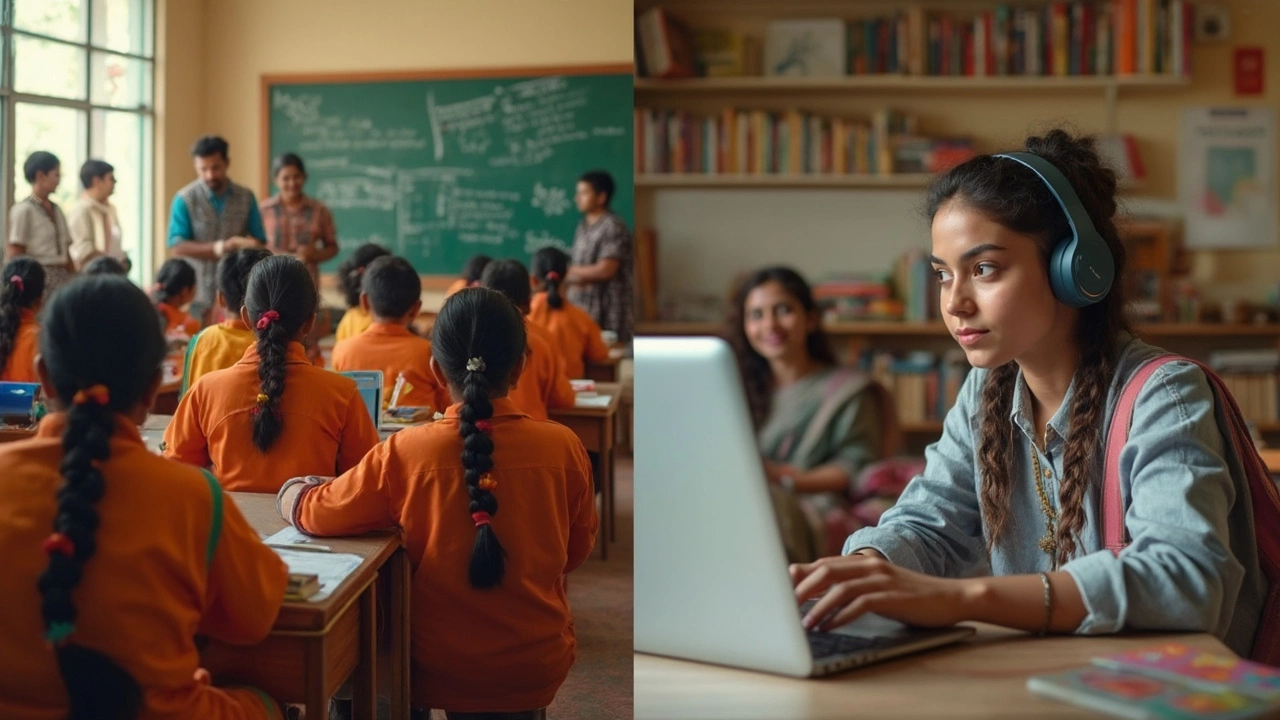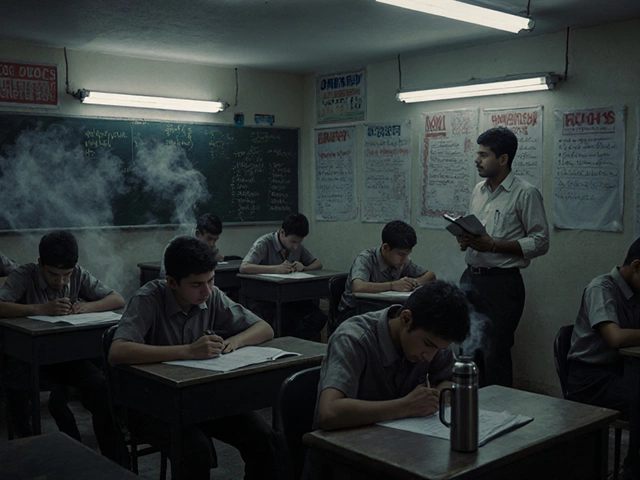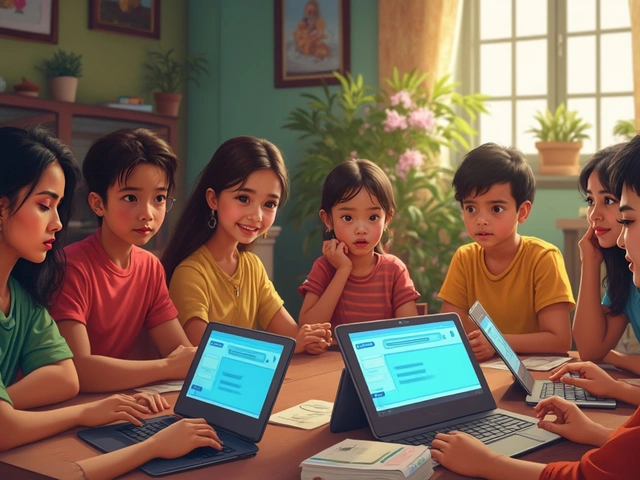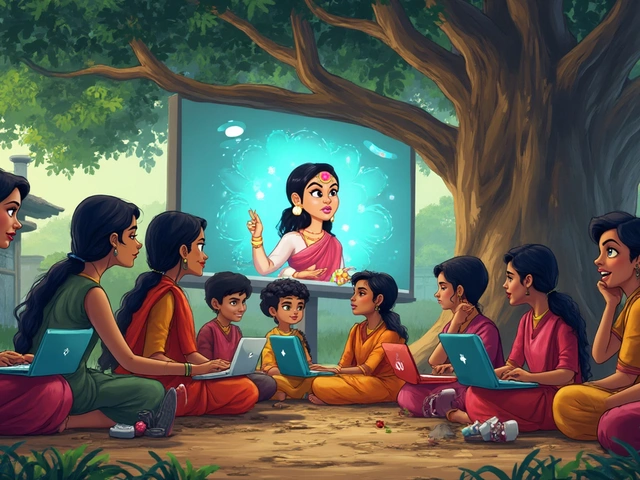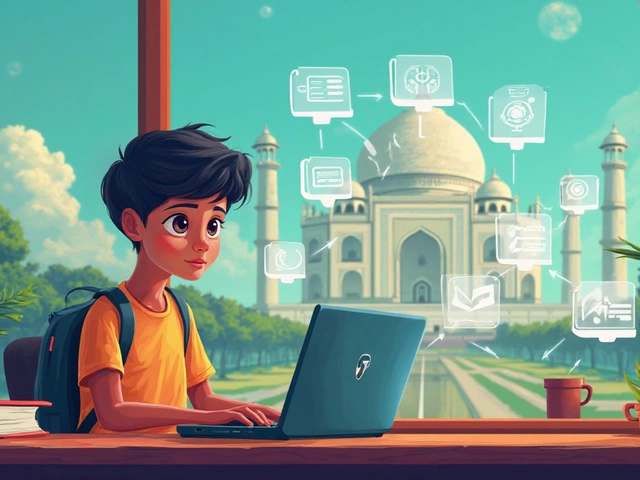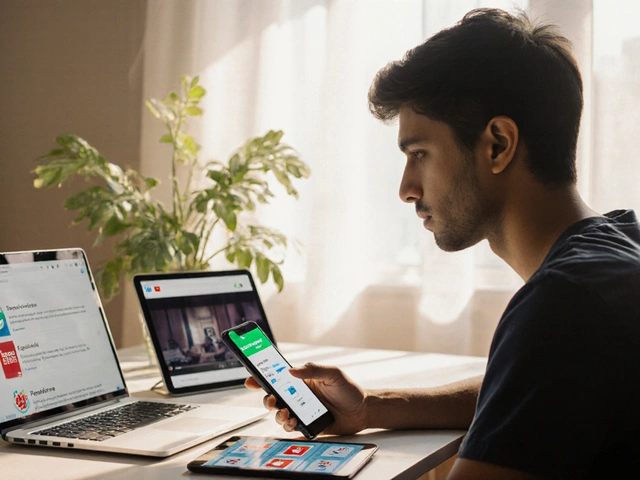If you ever wondered whether walking into a classroom actually makes a difference compared to logging in from your couch, you’re not alone. Traditional education and distance learning can feel like two different worlds—even though you might be reading the same textbook for both.
Some folks need the buzz of face-to-face classes and rushing between buildings, while others love the freedom of studying in pajamas with a cup of coffee nearby. Deciding between the two isn’t just about location; it changes how you connect with teachers, how you manage your time, and even the tech stuff you have to figure out.
Here’s a fact: by 2025, almost one-third of college students in the US are expected to be taking most of their classes online. That’s a huge jump from just a few years ago, and it’s not just because of the pandemic—it’s a real shift in how people want to learn.
No matter which route you’re thinking of, knowing how each system works can help you make smarter choices. Let’s break down what makes traditional and distance education so different—and which one might actually fit your life better.
- How You Learn and Interact
- Tools, Tech, and Daily Routines
- Cost and Accessibility
- Skills and Career Impact
How You Learn and Interact
How you actually learn varies a lot between traditional education and distance education. In a classroom setting, it's all about group energy, putting your hand up, and talking things out with classmates and teachers. Face-to-face makes it easy to get feedback right away, pick up on body language, and join in group projects—or just hang out after class to ask the teacher that burning question.
With distance education, everything flips. You log on from anywhere—your kitchen table, a coffee shop, or even a different country. Discussions move to forums and chat groups, or live through video meetings. It demands you speak up online, sometimes in writing, to get noticed. No more hiding in the back row. It’s a different skillset, and some people actually find it helps them become bolder.
"Online learners must be more responsible for their participation and motivation than students in traditional classrooms, but they often end up collaborating and communicating in more diverse ways." — Dr. Tanya Joosten, Director of Digital Learning Research, University of Wisconsin-Milwaukee
One cool thing: online education lets super shy students have a real voice, since they can think before they type. But traditional classes are unbeatable for building quick trust—a handshake and a smile still go a long way. If you're someone who needs cues from faces and voices, in-person education makes things easier.
Here’s a quick look at how interaction shakes out in each type:
| Feature | Traditional Education | Distance Education |
|---|---|---|
| Teacher Feedback | Often instant, in person | Mainly through messages, sometimes delayed |
| Class Participation | Verbal, spontaneous in class | Typed in forums or scheduled video calls |
| Group Work | Face-to-face meetings | Online platforms, shared docs |
| Networking | Social events, campus clubs | Virtual groups, online events |
If you’re still unsure, try taking a free online class and see how it feels to interact without physical presence. You might be surprised at how good the tech has become—and how different your learning style looks in each setup.
Tools, Tech, and Daily Routines
The difference in tools and daily routines between distance education and traditional learning is huge. In a traditional setup, your essentials usually stop at notebooks, pencils, and maybe a tablet or laptop for some assignments. You’re walking from classroom to classroom, following a set schedule, and your interaction is often face-to-face—either raising a hand or catching your teacher after class.
Now let’s look at distance education. Here, everything centers around devices and internet connection. Your core tools are a reliable computer, often a headset, maybe a webcam, and a strong Wi-Fi signal. Learning platforms like Moodle, Canvas, or Google Classroom manage your readings, homework, and group projects. You’ll also use Zoom or Microsoft Teams for live sessions or to meet classmates virtually. Tech hiccups—like slow connections or broken microphones—can squash your day, so having backups or quick fixes ready can save you a lot of headaches.
Your daily routine shifts as well. Traditional students stick to the clock—classes might start at 8am and last until mid-afternoon. You see classmates in hallways, squeeze group work between classes, and grab lunch in campus cafeterias. Most of your structure is set by the school timetable.
Distance learners become time managers. Some have live online lectures, but many courses are self-paced, letting you watch lessons and finish work on your own schedule. That flexibility is great if you juggle work, family, or you just hate early alarms. It does mean you have to be disciplined—nobody’s reminding you to hit 'submit' or finish that reading assignment.
| Tool | Traditional | Distance |
|---|---|---|
| Google Classroom | 28% | 77% |
| Zoom/Microsoft Teams | 21% | 90% |
| Printed Textbooks | 85% | 32% |
| Laptops/Tablets | 56% | 94% |
| Cafeteria Use | 79% | 4% |
If you’re leaning toward distance learning, here are some quick tips:
- Back up your files—nothing derails an online exam like a computer crash.
- Check your internet speed before live tests or classes to avoid boot-outs.
- Set up a dedicated study space—less clutter, fewer distractions.
- Use shared digital calendars or to-do apps to track deadlines without the teacher’s daily reminders.
Basically, the tech you use—and how you organize your days—defines a big part of the experience. If you love structure and social buzz, traditional school fits. If you want independence and flexibility (with more screen time), distance education could be your thing.
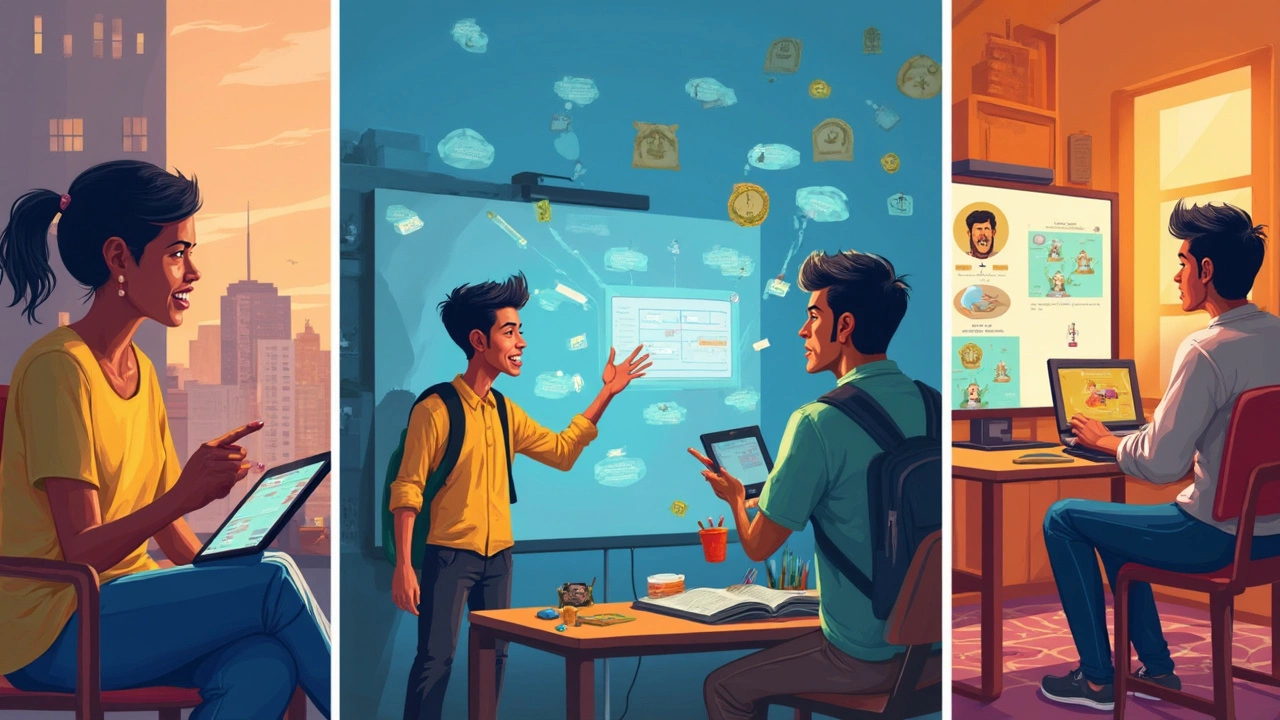
Cost and Accessibility
When most people ask about distance education, they really want to know if it’s cheaper and easier to get started than traditional college. The honest answer? Usually, yes—and the differences can be huge, depending on where you live and what you want to study.
Let’s start with the money side. Tuition for online programs is often lower than going to school on campus, mostly because you skip out on extra fees for stuff like housing, meal plans, and campus facilities. According to the Education Data Initiative, the average annual cost for a public, in-state on-campus degree in the US is around $25,700. By comparison, an online bachelor’s from the same school often drops to about $14,000 per year. That’s a big gap.
| Type of Program | Average Yearly Cost |
|---|---|
| Traditional (Public, In-State) | $25,700 |
| Distance/Online (Same School) | $14,000 |
But it’s not just about tuition. With traditional education, you need money for commuting, parking, or sometimes even moving to a new city. Add in expenses like textbooks and random campus fees, and the bill gets even bigger. Meanwhile, with distance education, many lecture materials are digital (sometimes free), and you never have to pay for gas or a dorm room.
Accessibility is another huge plus for distance learning. If you’re living in a rural area, working full-time, or have family responsibilities, online classes work around your life—not the other way around. You can study at midnight or during your lunch break, without stress about missing the last train home.
- More options for people with disabilities thanks to screen readers and other online tools.
- No need to scramble for housing or wait for student visa paperwork if you’re in another country.
- Course options open to folks everywhere, not just those who live near a big city.
On the flip side, traditional schools sometimes offer more scholarships, grants, and financial aid—especially for recent high school grads. And, let’s be real: some degrees (think nursing or engineering) still require in-person labs or hands-on practice. But for a lot of programs, distance education takes the headache out of the logistics and the price tag.
Skills and Career Impact
Here’s where most people want the real answers: Does the way you learn actually change your chances out in the job market? Both traditional education and distance education build a bunch of skills, but some come out stronger in one setup versus the other.
Traditional classrooms push people to show up on time, manage in-person group projects, and speak up in a room. That’s great for learning how to network, build teamwork, and handle stressful situations—stuff that transfers straight to busy offices or hands-on jobs. You pick up body language cues, shake hands, and build soft skills naturally.
Distance education, on the other hand, is a crash course in self-discipline. You need to juggle deadlines without anyone breathing down your neck. Online platforms usually require you to figure out new tech fast, write clearly, and keep yourself motivated. Digital communication—emails, Zoom calls, chat boards—becomes second nature, which is perfect for remote jobs or tech-heavy careers.
Some companies might still value traditional degrees—or networking through campus events—but the gap is closing. According to a 2024 survey by LinkedIn, 61% of US hiring managers believe online degrees can show just as much skill as in-person ones, especially if you can show real projects or portfolios alongside your studies.
| Skill Type | Traditional Education | Distance Education |
|---|---|---|
| Teamwork & Networking | Direct, in-person | Mostly virtual |
| Time Management | Fixed schedules | More flexible, but self-driven |
| Tech Skills | Basic (depends on school) | Advanced (required for classes) |
| Self-Motivation | Some structure provided | You’re mostly on your own |
| Real-World Projects | Classroom/lab work | Often portfolio-based |
If you want your degree to mean more to employers, mix things up—do an online internship or volunteer gig if you’re studying remotely, or take extra workshops if you’re on campus. Show you can communicate, adapt, and get stuff done, no matter where you studied.
